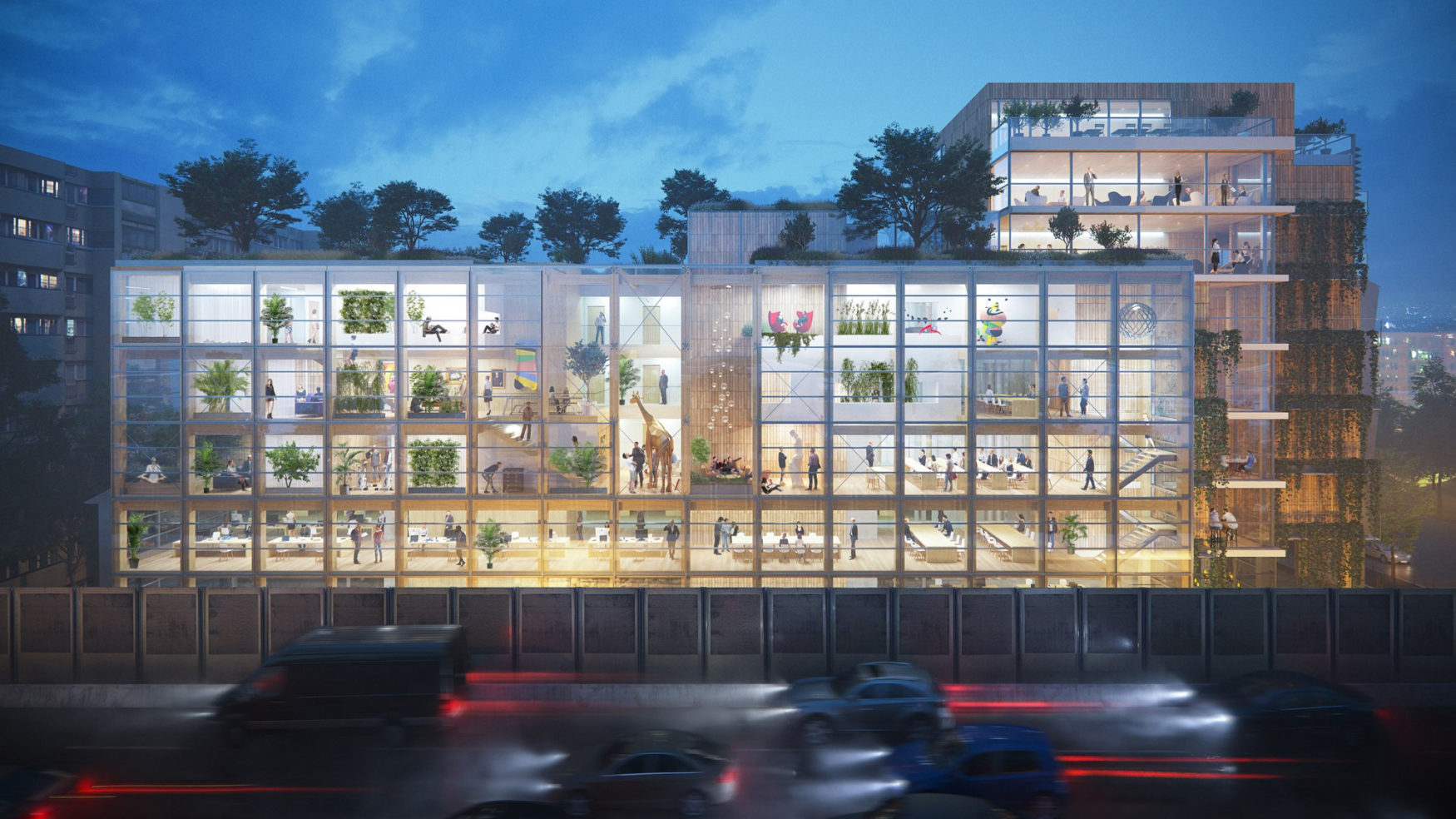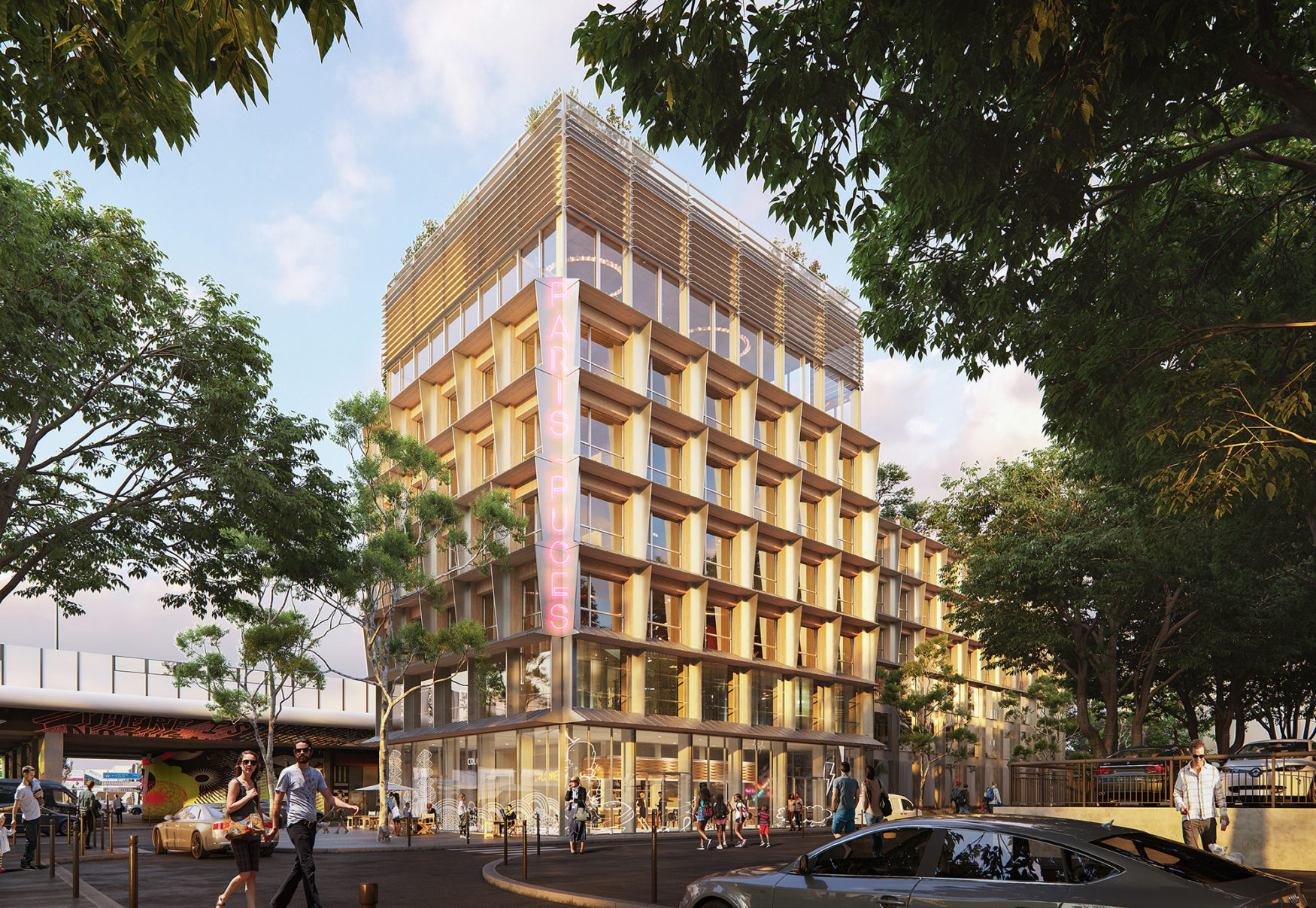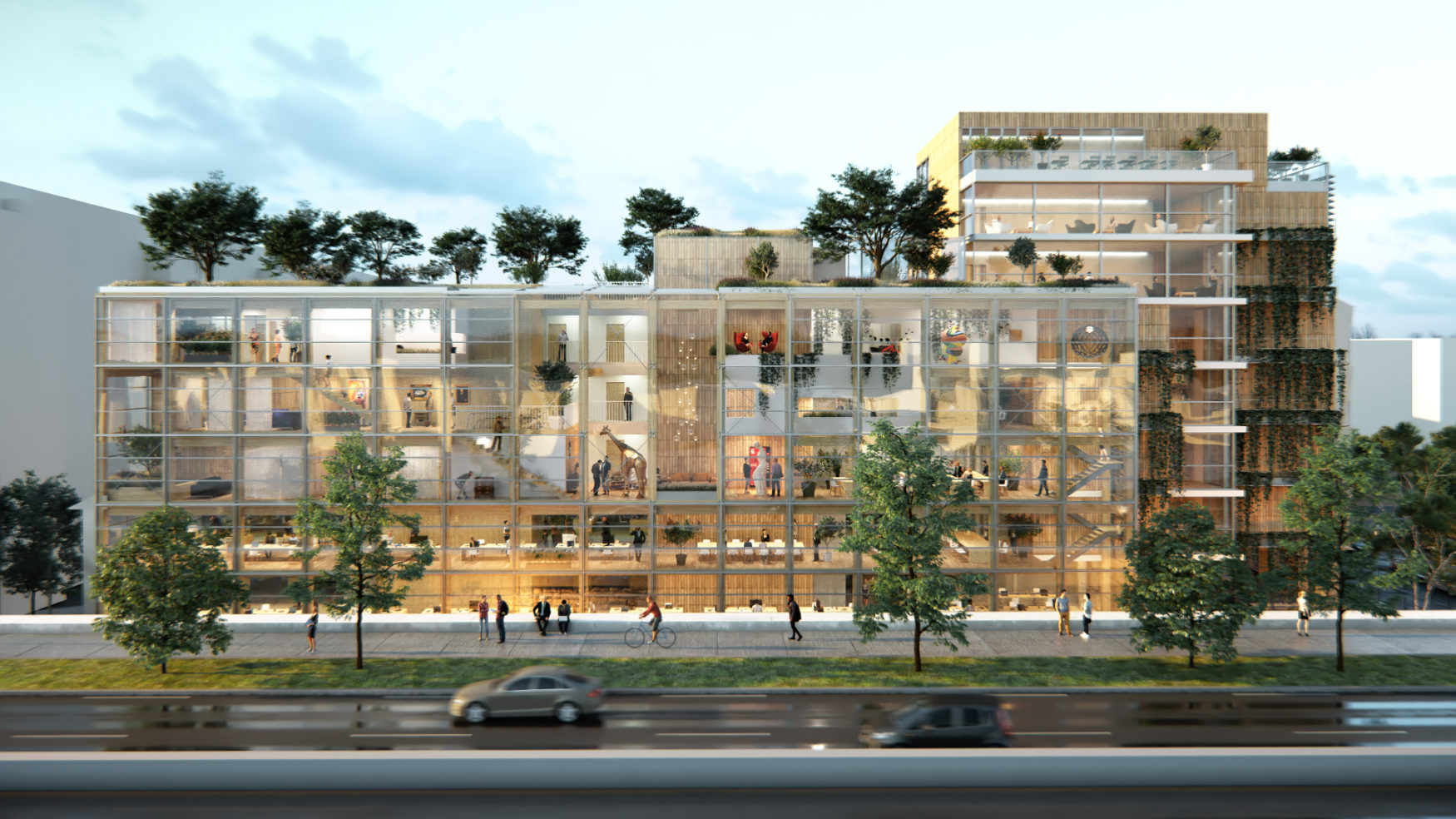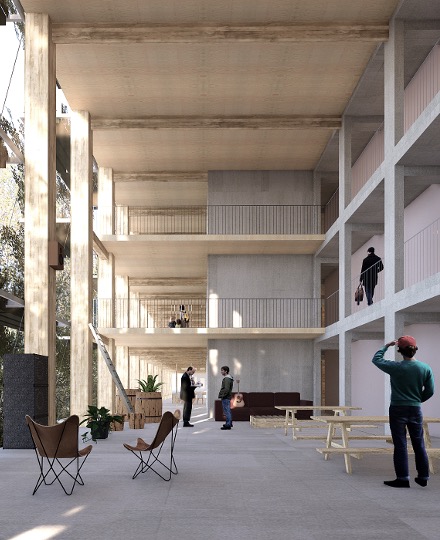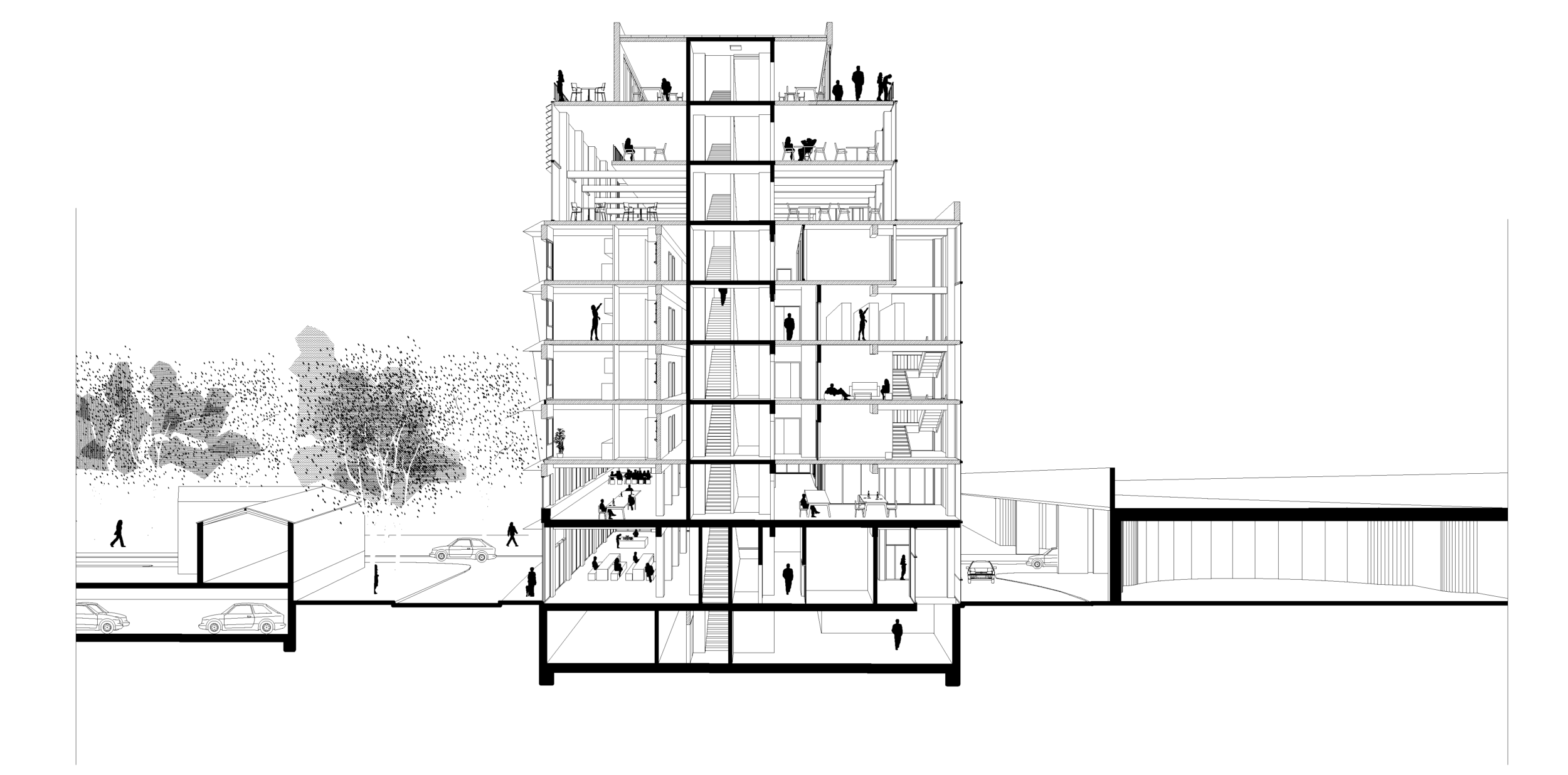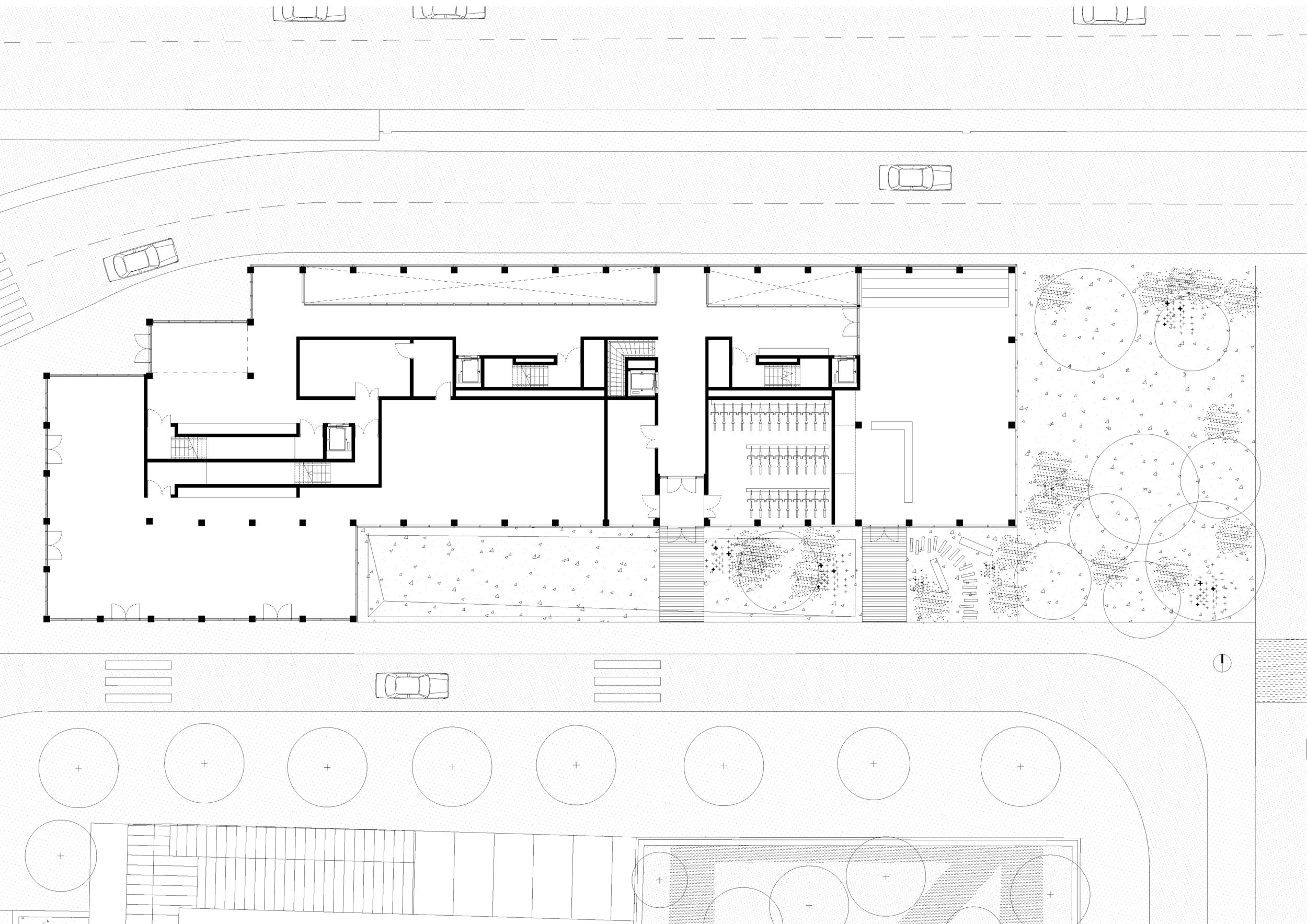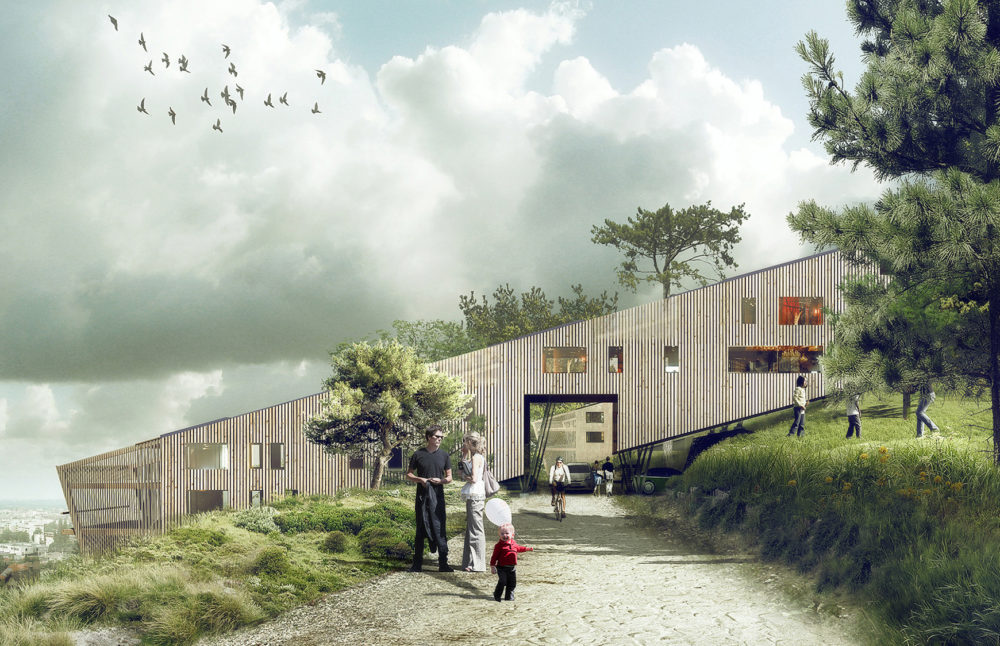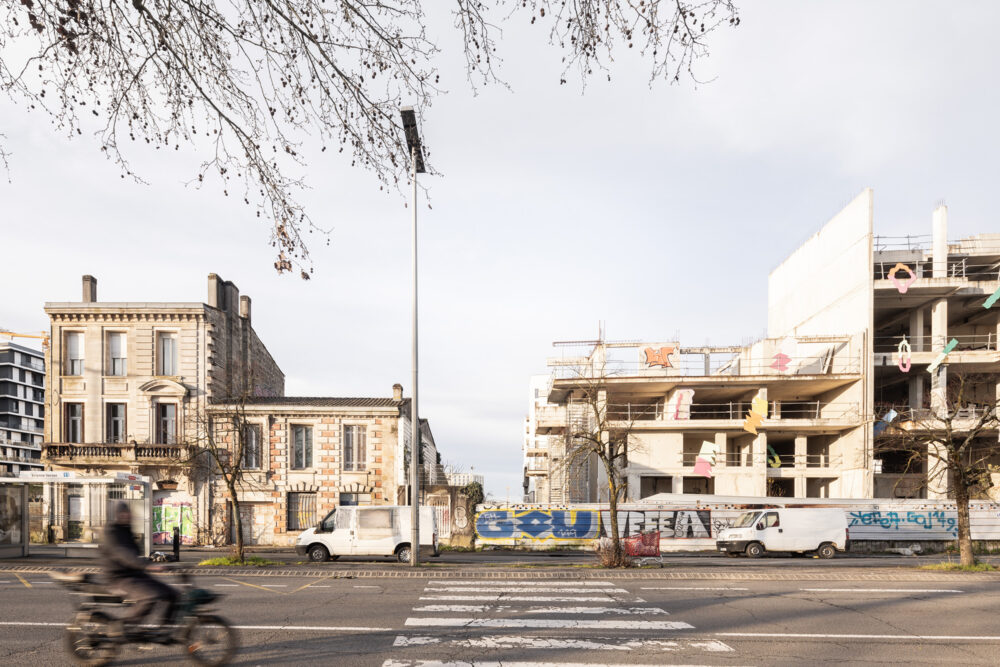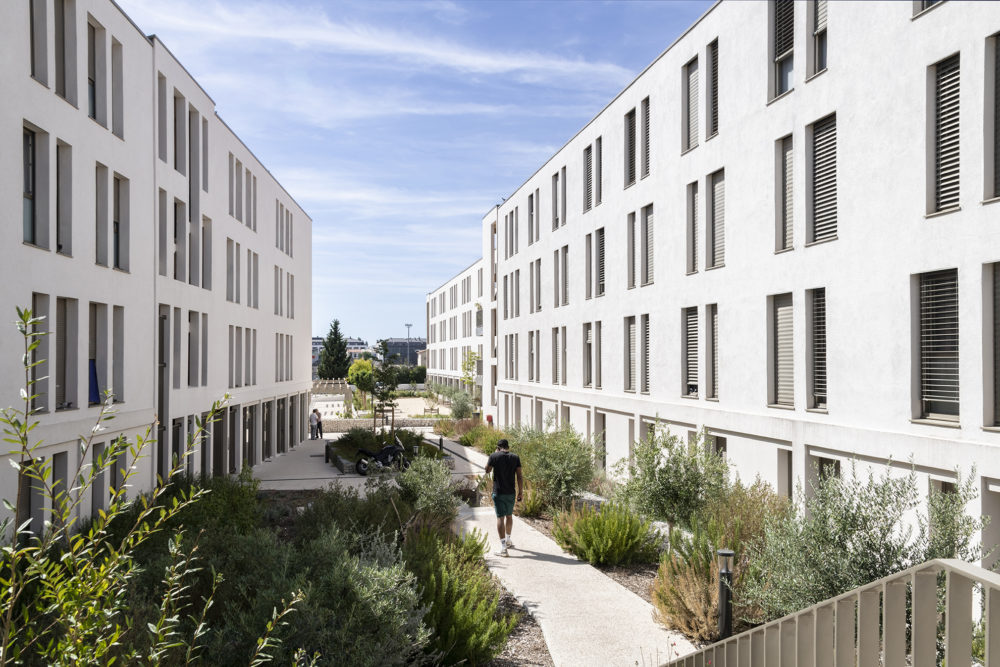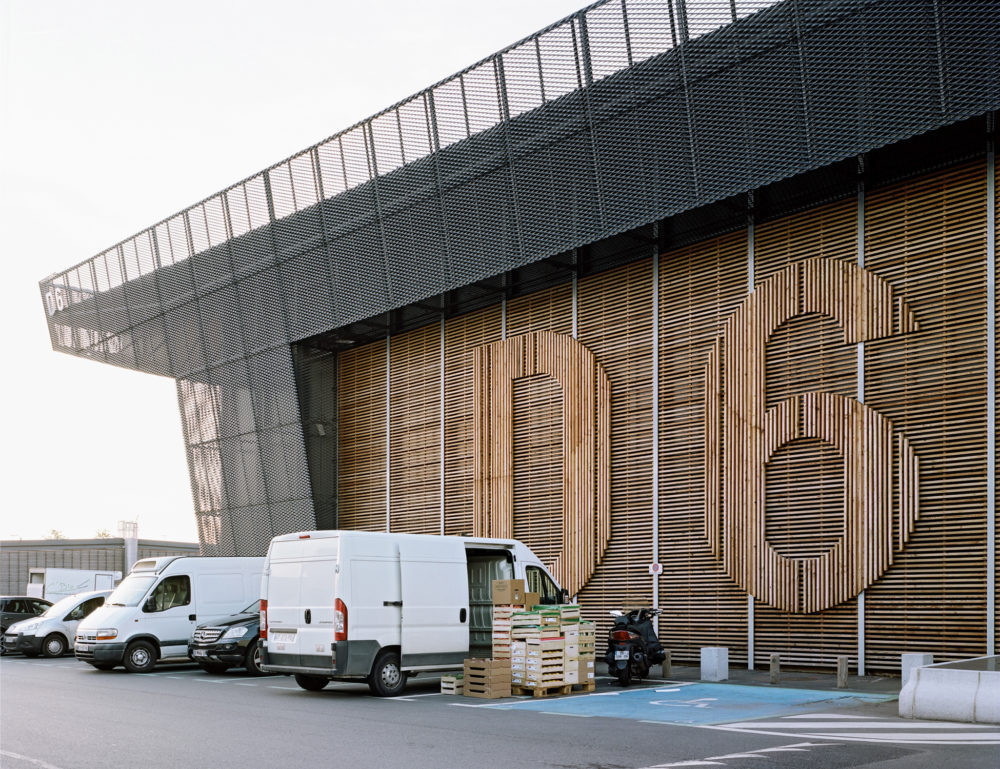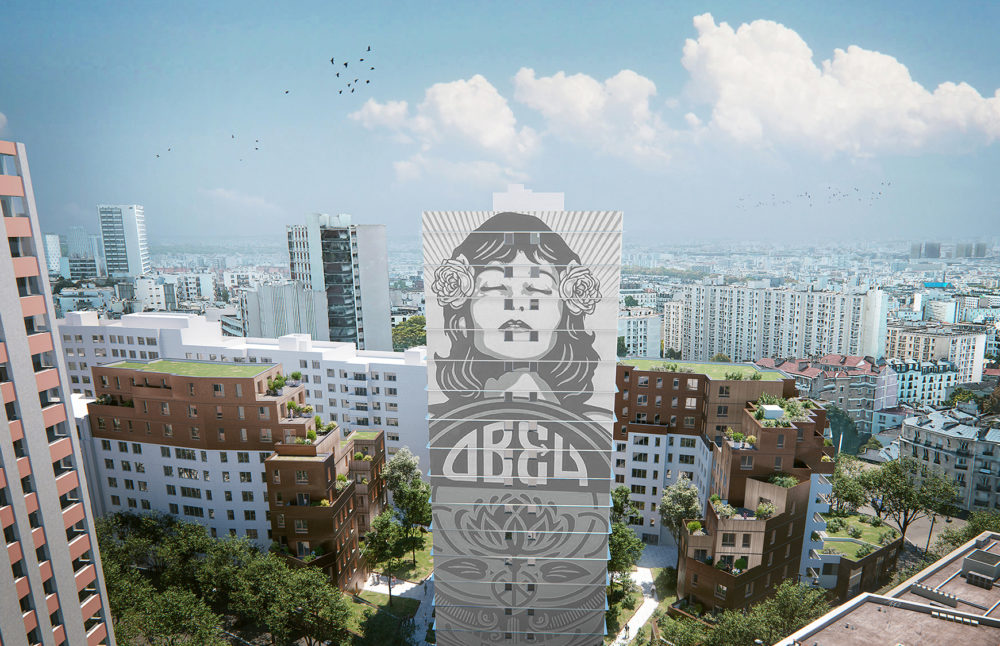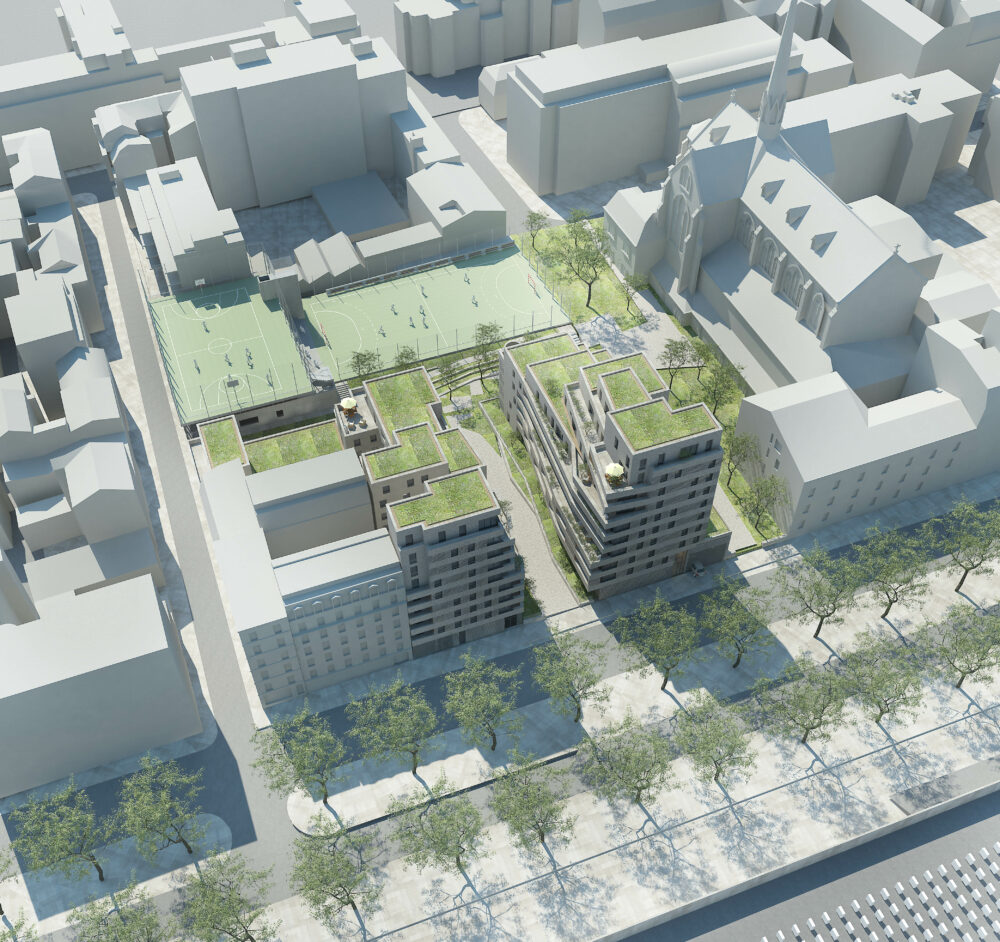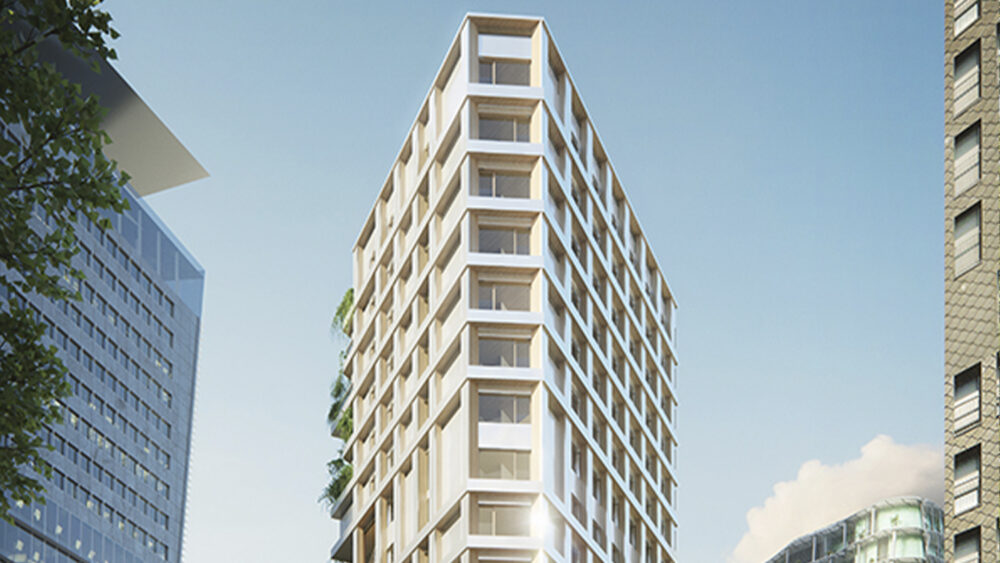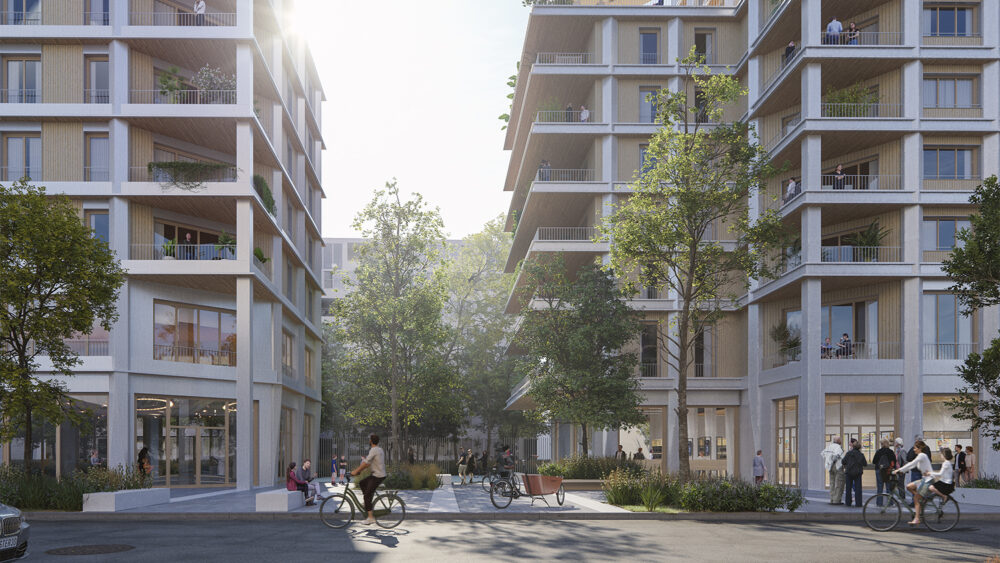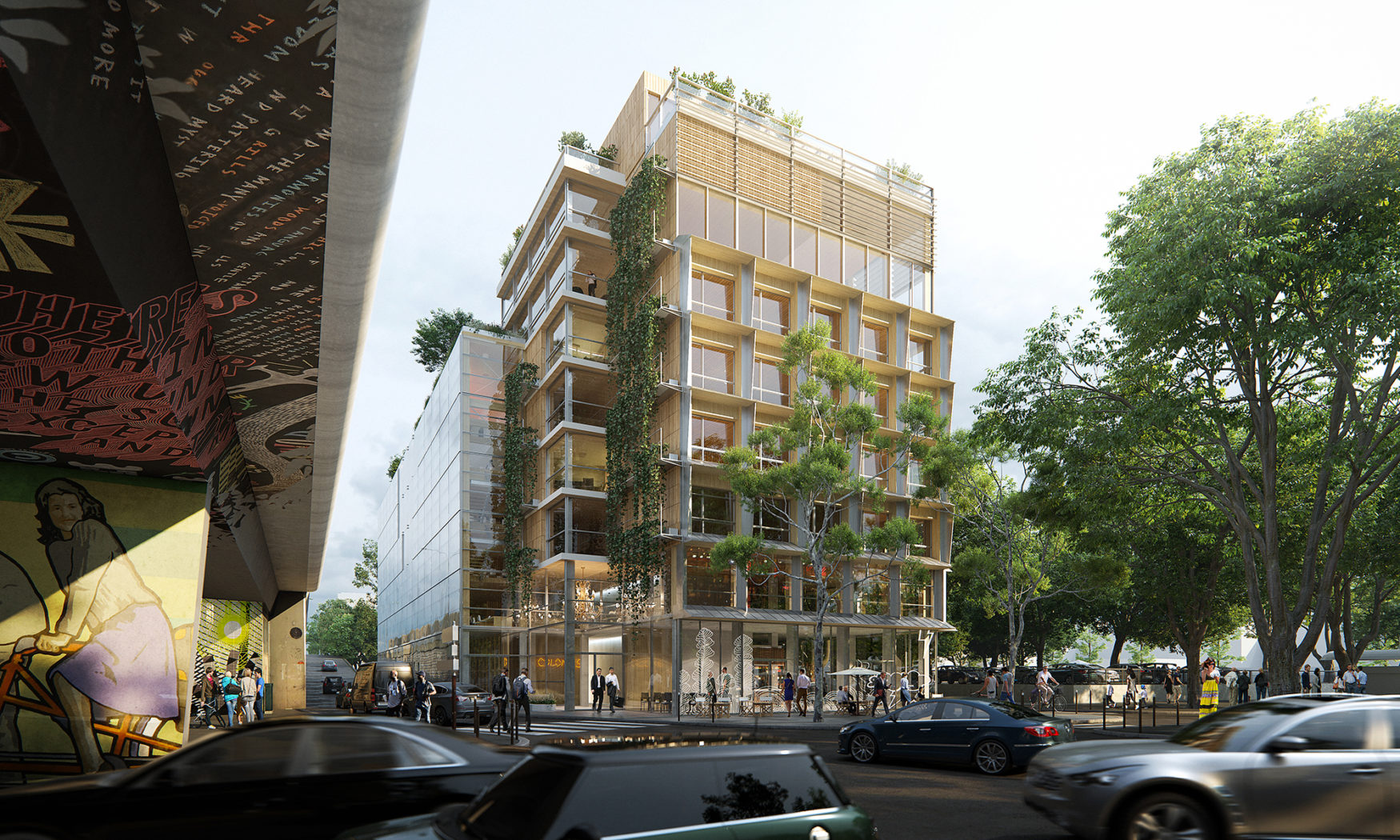
Labels : RT2012, E+C-, Plan climat ville de Paris, Biodivercity
La Porte de Clignancourt occupe une situation urbaine stratégique, véritable charnière entre Paris et sa banlieue, entre l’échelle métropolitaine et le tissu faubourien historique des Puces de Saint-Ouen. Dans cet environnement marqué par une urbanisation sauvage et des contrastes sociaux très forts, Paris Puces propose un écrin chaleureux qui rompt avec les constructions en béton avoisinantes. Cet édifice incarne, par sa hauteur, sa structure de bois et ses larges ouvertures qui laissent apparaître sa vie intérieure à la façon d’un théâtre muet, le point d’orgue du renouveau du site.
En proposant une programmation résolument tournée vers la production, le design, l’artisanat, la transmission des savoir-faire, l’animation et la culture, Paris Puces agrège des publics variés pour que le quartier ne soit plus seulement un lieu de passage réservé aux voitures, mais une adresse incontournable, notamment pour la jeunesse.
La trame régulière du bâtiment, la légèreté et les types d’assemblages inhérents aux structures bois confèrent au projet une souplesse d’aménagement importante et une grande flexibilité. Le bâtiment pourra notamment s’adapter aux grandes transformations urbaines à venir, comme la mutation du périphérique en boulevard urbain apaisé, ouvert aux vélos et aux piétons. Aux indéniables nuisances générées aujourd’hui par cet axe majeur, le bâtiment répond par une enveloppe protectrice et transparente, tantôt ouverte sur le paysage, tantôt support pour la végétation. Mariant rationalité structurelle et matérialité poétique du bois, Paris Puces propose un confort d’usage important sans l’adjonction de coûteux dispositifs technologiques pour le rafraîchir, le purifier ou affaiblir le volume sonore.
7 310 m2 ; livraison 2022 ; Équipe : Groupe Legendre + SEM Paris Seine (MOA) + Legendre (Mandataire) + VLAU + Atelier WOA (Architectes) + 22 degrés (Paysagistes)
